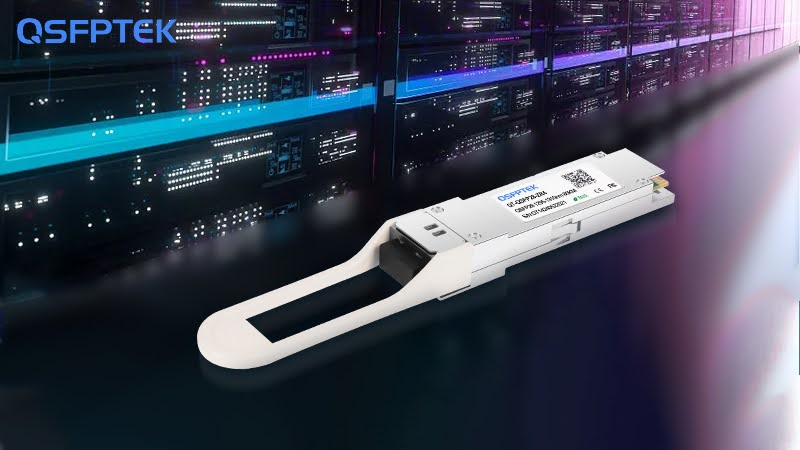The Role of Long-Reach 100G Modules in Optical Networks
As data centers expand and enterprise networks become more distributed, the demand for high-speed, long-distance connectivity has surged. 100G optical modules have become a cornerstone in meeting this demand, especially for wide area networks (WANs), metro networks, and data center interconnect (DCI) scenarios. Among the available solutions, long-reach modules such as 100GBASE-LR4, ER4, and ZR4 each offer different performance profiles. The 100GBASE-ZR4 stands out by providing up to 80 kilometers of reach over single-mode fiber without requiring complex coherent optics or external amplification. For network engineers and IT managers evaluating their options, understanding how ZR4 compares to other long-reach transceivers is essential for making the right choice.
Technical Comparison: ZR4 vs LR4 and ER4
The most straightforward way to differentiate long-reach modules is by their maximum transmission distance. 100GBASE-LR4, one of the earliest widely adopted 100G modules, is specified for up to 10 km over single-mode fiber. 100GBASE-ER4 extends that to approximately 30 to 40 km, making it more suitable for metro or campus-wide links. In contrast, the 100GBASE-ZR4 pushes the envelope to 80 km, enabling far greater flexibility in network topology. In terms of design, all three modules utilize 4x25G CWDM lanes to transmit 100G of data. However, ZR4 typically incorporates more advanced components such as electro-absorption modulated lasers (EMLs) and avalanche photodiode (APD) receivers to meet the stringent optical link budget required for longer distances. This makes ZR4 a technically superior choice for long-reach deployments without entering the realm of power-hungry coherent optics.
Use Case Breakdown
Different optical modules serve distinct deployment needs based on performance and cost. 100GBASE-LR4 is often used for interconnections within a single data center or between buildings on a corporate campus where distances are relatively short. ER4 serves slightly more demanding scenarios, such as connecting two metro sites or buildings across a city. The ZR4, with its 80 km range, is most suitable for linking data centers across a metropolitan or regional area, or connecting central offices in telecommunications networks. For example, service providers and enterprises alike can deploy ZR4 to avoid the complexity and expense of deploying additional repeater equipment, reducing operational overhead while increasing geographic flexibility.
Cost and Power Consumption Considerations
Beyond reach and performance, cost plays a crucial role in determining which module fits best. Coherent transceivers that operate beyond 80 km often come with significantly higher costs due to their complex digital signal processing and larger form factors such as CFP2 or QSFP-DD. In contrast, the ZR4 offers a compelling cost-performance balance by achieving long-distance reach within the power and space constraints of the QSFP28 form factor. While it may be slightly more expensive than LR4 or ER4 modules, the ZR4 avoids the need for additional networking gear like optical amplifiers or dispersion compensators. Additionally, its power consumption is considerably lower than that of coherent optics, often falling below 6W, which is critical for space- and energy-conscious deployments.
Making the Right Choice
Selecting the right long-reach 100G module ultimately depends on the specific requirements of your network. If your connections span less than 10 km, LR4 remains the most economical and simplest choice. For slightly longer distances under 40 km, ER4 offers a solid middle ground. However, if your network spans cities or connects distributed data centers up to 80 km apart, the ZR4 is a natural fit. When deciding, consider not only distance, but also budget, infrastructure availability, equipment compatibility, and future scalability.

